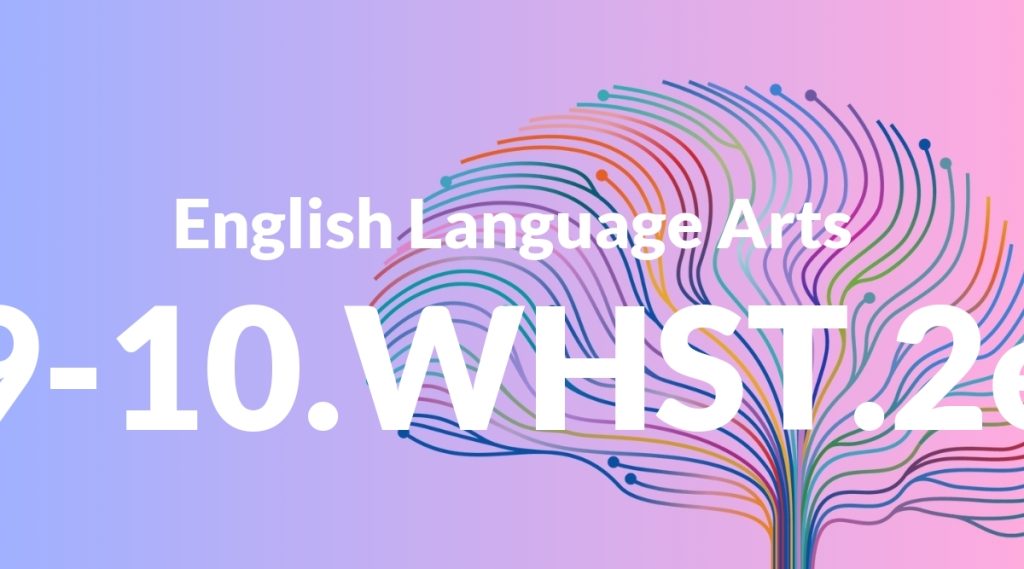Standard: 9-10.WHST.2e – Establish and maintain a formal style and objective tone while attending to the norms and conventions of the discipline in which they are writing.
Grade level: Grade 9-10
Subject: English Language Arts
Domain: Writing: History, Science & Technical Subjects
Teacher Overview
This standard focuses on helping students establish and maintain a formal style and objective tone in their writing, particularly in history, science, and technical subjects. It is crucial because it ensures that students can communicate effectively and professionally in various academic and professional contexts. Students should have foundational knowledge of different writing styles and tones, and be familiar with the norms and conventions of various disciplines. They should also be able to distinguish between formal and informal writing.
Upon mastering this standard, students will be able to apply formal style and objective tone in more complex writing tasks, such as advanced research projects and professional communication. They will also be better prepared to analyze and emulate writing styles in academic and professional publications.
Common Misconception 1
A common misconception is that formal writing must be complicated or overly complex. This is incorrect because formal writing should prioritize clarity and conciseness, making it accessible and understandable.
Intervention 1
To address this misconception, provide students with examples of well-written formal texts that are clear and concise. Encourage them to practice writing formally while focusing on clarity and simplicity.
Common Misconception 2
Another misconception is that maintaining an objective tone means not expressing any opinions. This is incorrect because an objective tone involves presenting information and arguments based on evidence, not personal feelings.
Intervention 2
To remediate this, teach students that opinions can be expressed objectively by supporting them with facts and data. Provide examples of objective writing that effectively incorporates opinions.
Prerequisite Knowledge
Students should have a basic understanding of different writing styles and tones, as well as familiarity with the norms and conventions of various disciplines. They should also be able to differentiate between formal and informal writing.
Subsequent Knowledge
After mastering this standard, students will be able to apply a formal style and objective tone in more complex writing tasks, such as advanced research projects and professional communication. They will also be better prepared to critically analyze and emulate the writing styles in academic journals and professional publications.
Instructional Activities
- Analyze examples of formal and informal writing
- Practice rewriting informal texts in a formal style
- Create outlines for scientific research papers or historical analysis essays
- Peer review exercises focusing on formal style and objective tone




